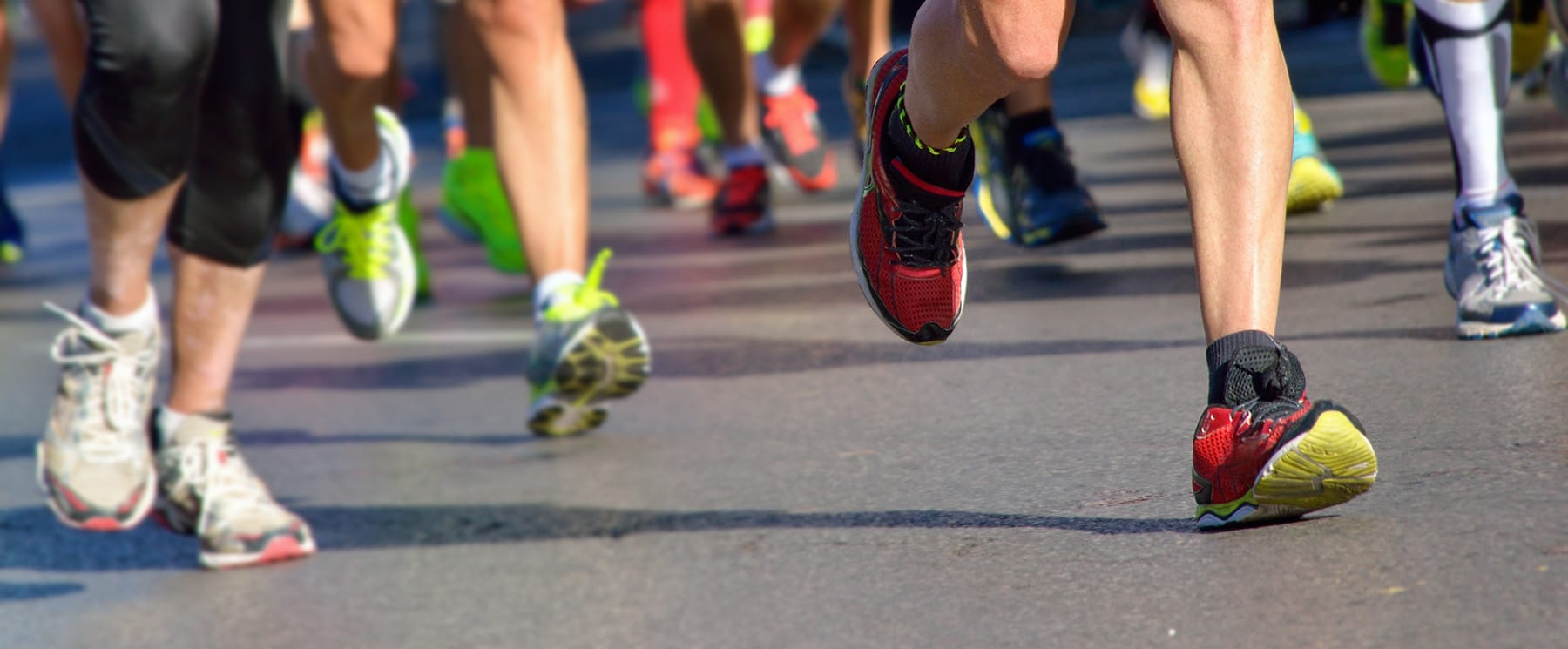

If you’re in a pinch, there’s also a quick DIY method to determine your foot type. “The sales associates at specialty stores are incredibly knowledgeable about how foot type, stride and mechanics affect your run – and they can help you get in the proper shoe.” “When it comes to determining your foot type, I recommend going to a specialty running shoe store,” explains Salinas. If you have a normal arch, look for a shoe geared around stability.If you have a low arch (or flat feet), look for a shoe that provides plenty of stability and motion control.If you have a high arch, look for a shoe that has a lot of cushioning.The simplest way to use your foot type to pick out a proper shoe is to look at the arch of your foot. “But, when it comes to training and running a marathon, there’s more to an improper running shoe than being too big or too small.” Mistake #1: Your shoes don’t match your foot typeįinding a running shoe you can trust to take you long distances means knowing your foot type - since this affects the way your foot contacts the ground as you run or walk. “Knowing your shoe size is important,” says Salinas. Shoes that are too big may cause your feet to slide back and forth - affecting how you move and run and placing unwanted stress on your foot. Shoes that are too tight may cause blisters, bruises on your toes or foot numbness.

You probably already know the basics of what’s considered a bad running shoe.

“An improper shoe can affect your normal foot movement while you run and can increase injury.” “A proper running shoe helps facilitate the natural movement and biomechanics of your foot, which is especially important during a marathon or long run,” says Kristin Salinas, athletic trainer at Houston Methodist. Whether running a half marathon or a full one, it’s important to have a pair of running shoes you can count on to get you to the finish line - pain-free.


 0 kommentar(er)
0 kommentar(er)
